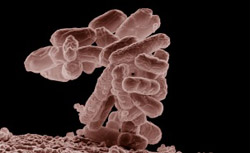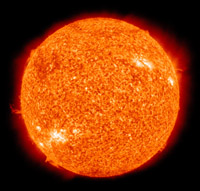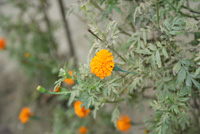MU Scientists Find Cinnamon Can Replace Harmful Chemicals Used to Create Nanoparticles
MU scientists make strides in green nanotechnology
COLUMBIA, Mo. – Gold nanoparticles, tiny pieces of gold so small that they can’t be seen by the naked eye, are used in electronics, healthcare products and as pharmaceuticals to fight cancer. Despite their positive uses, the process to make the nanoparticles requires dangerous and extremely toxic chemicals. While the nanotechnology industry is expected to produce large quantities of nanoparticles in the near future, researchers have been worried about the environmental impact of the global nanotechnological revolution. (more…)





